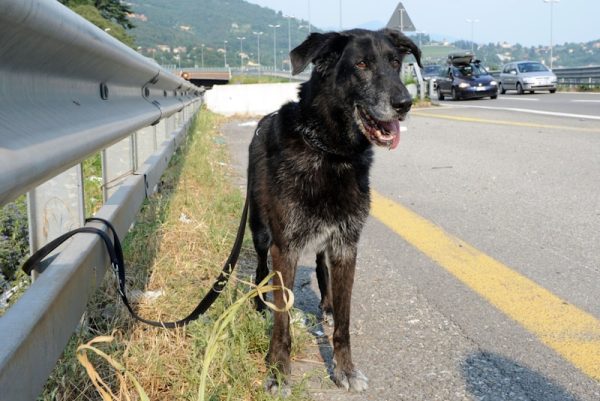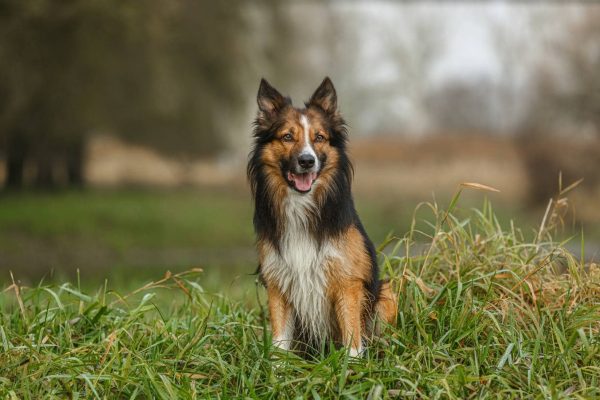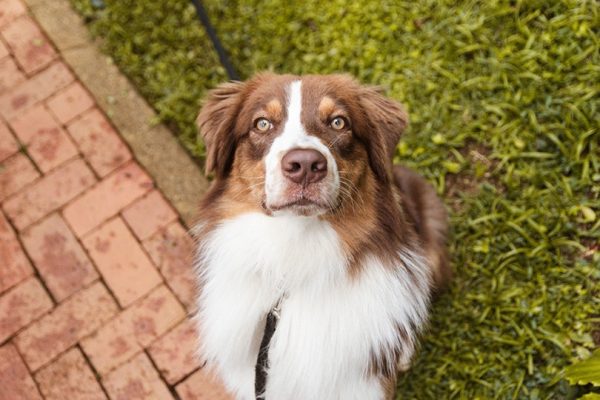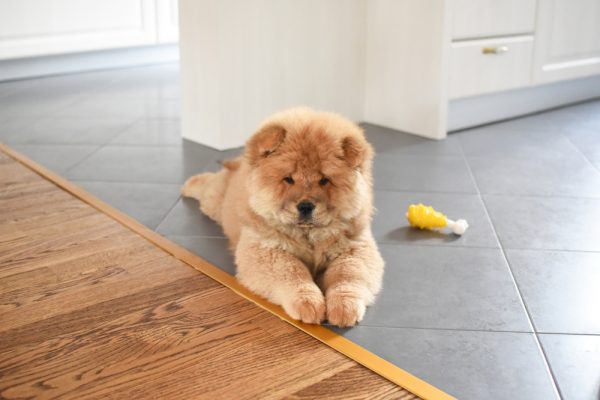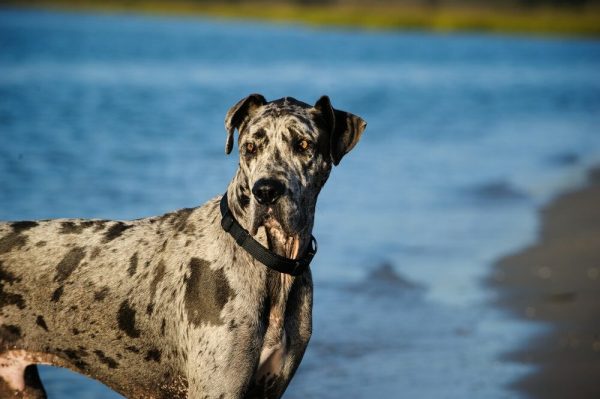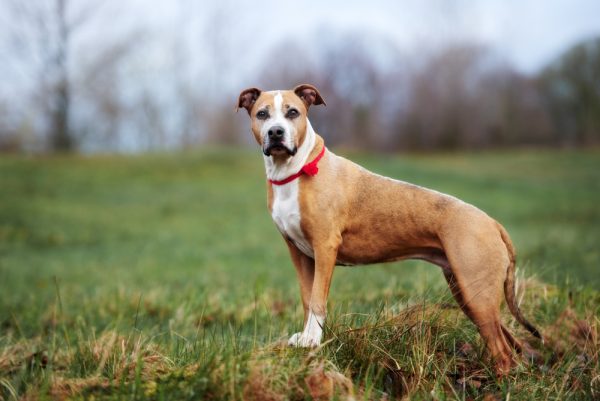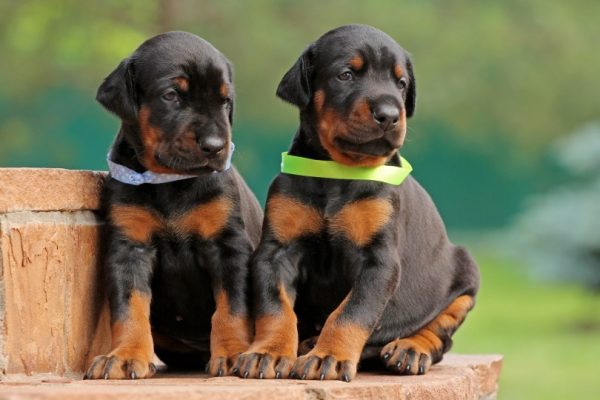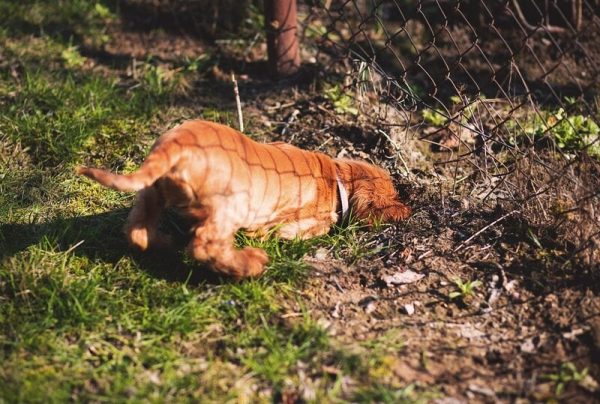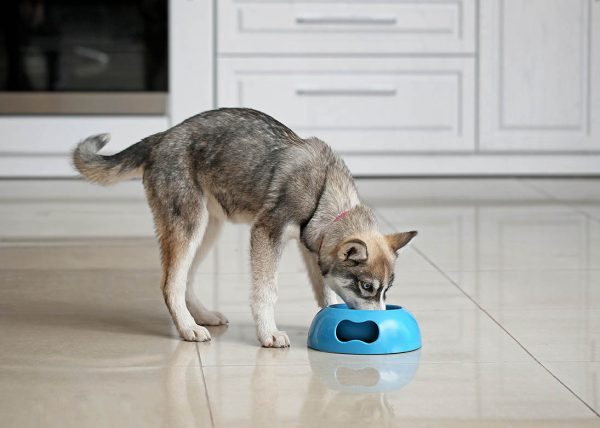Most canines are very inclined to be active. It’s one of the things we love about them. They definitely keep us on our toes and help us maintain healthy lifestyles. But some dogs are more athletic than others.
If you are in the market for a puppy or you’re just curious, you might have wondered what some pretty athletic dog breeds are. In this article, we’re going to discuss 15 of the most athletic dog breeds and what it’s like to own one. Tag along.

Athletic Dog Breeds

The 15 Athletic Dog Breeds
1. Border Collie
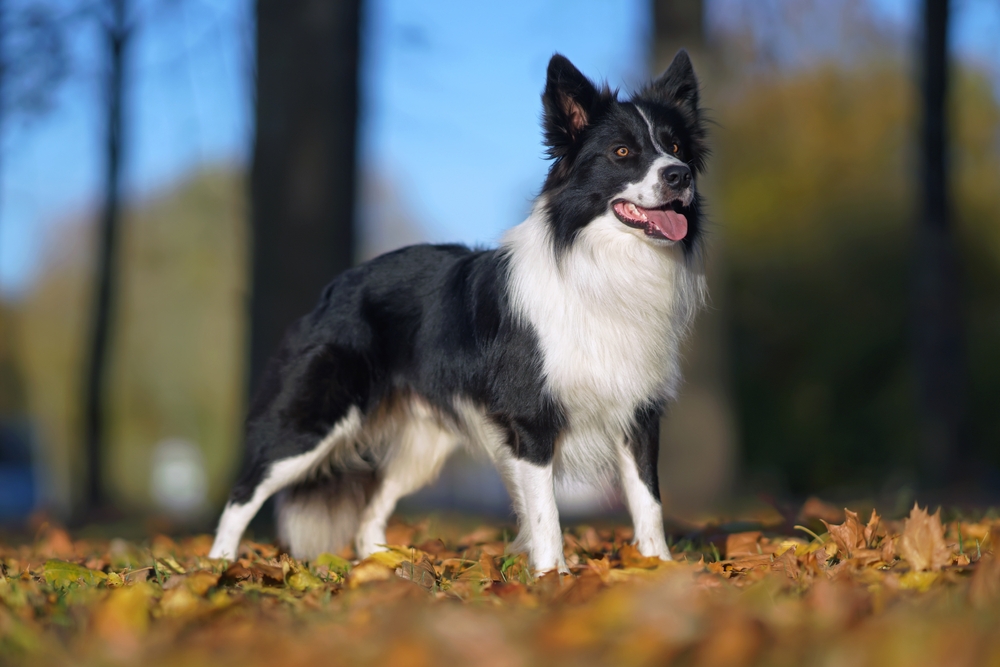
The Border Collie is one of the most popular and versatile dog breeds of all times. On top of their myriad of other skills, these dogs make very sharp, agile athletes. You will likely recognize the Border Collie due to their physical anatomy and familiar markings.
Exercise Needs
It’s no surprise that with athleticism comes hefty exercise needs. On average, the Border Collie requires at least 90 minutes of vigorous exercise to stay happy and healthy. Typically, these dogs enjoy a variety of activities such as hiking, daily walks, running around a large fenced in backyard, and roaming the countryside.
If you have another dog or smaller children around, they will also love to partake and play with the family. This chipper breed doesn’t discriminate when it comes to play; they’re ready to have fun with whoever wants to join in.
Keep in mind that mental stimulation is just as important for this breed as physical stimulation. They are incredibly intelligent, so they need to experience challenges to fully harness their potential.
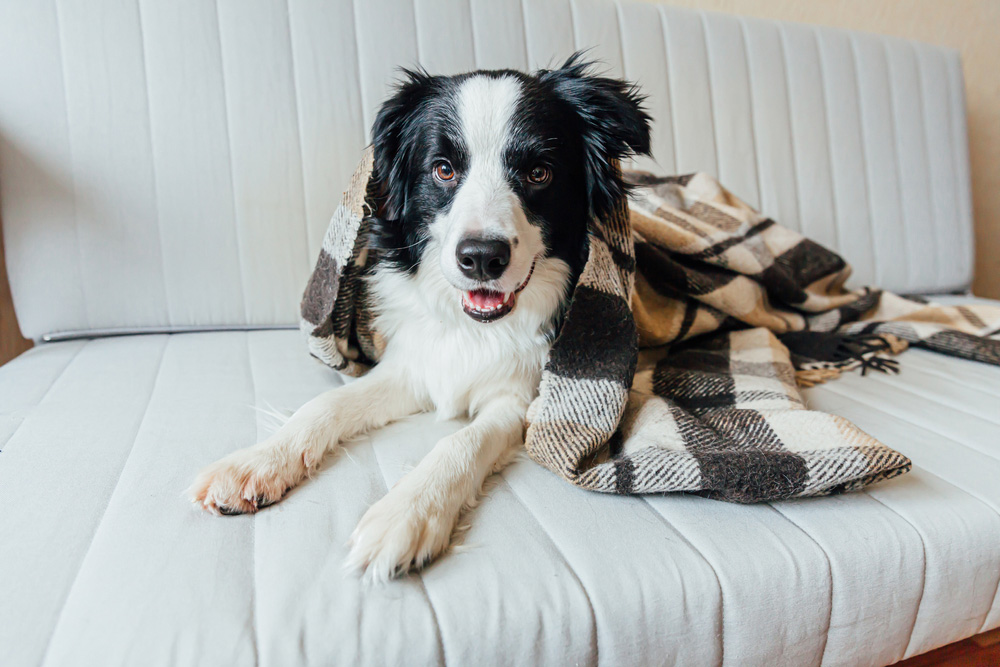
Special Skills
The Border Collie has many special focuses of expertise. Originally, these were master herding dogs, excelling at their duties. They’ve gone away from that slightly, though some of them still fulfill this role.
Today, Border Collies take on roles such as being emotional support animals or excelling in agility games. Some Border Collies also participate in shows. Regardless of what activities they participate in, they certainly like having something to keep them busy.
In the Home
If a Border Collie gets the appropriate amount of exercise, they make wonderful family companions to a variety of lifestyles. These dogs are personable, well-tempered, and incredibly intelligent.
You can check all of the boxes as to what most dog lovers consider the best canine traits. These dogs are good with people, pets, and even some smaller pets like cats. However, because of their instinct to run and chase, they might not do so well with smaller cage animals or smaller poultry.
2. Belgian Malinois
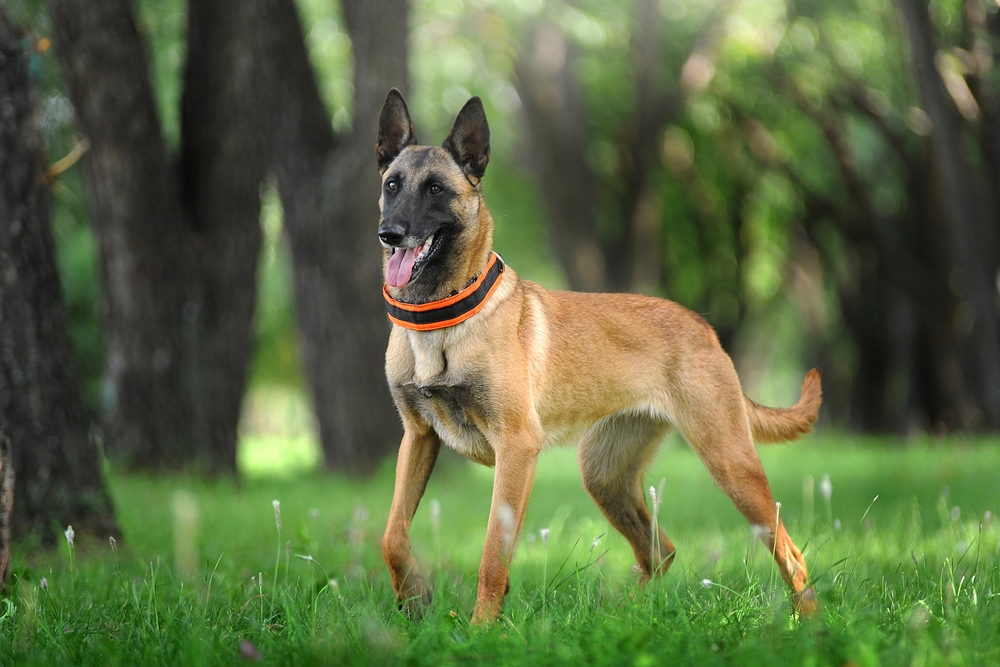
The solid, square Belgian Malinois is certainly an impressive dog when it comes to athleticism. These sharp, alert animals were originally herders, but their roles have changed quite a lot over time.
When we think of police work and other duties, we often think of dogs like German Shepherds, even though a Belgian Malinois might excel over other breeds in some cases.
Exercise Needs
Exercise is a non-negotiable component of Malinois care. At the very minimum, this breed requires approximately 60 minutes of exercise per day. However, they will take as much as they can get.
Depending on specific activity levels of the individual dog, some will require upwards of 90 minutes or more of exercise per day. So, you will have to be ready to accommodate that. Often, people tout Belgian Malinois as being excellent hiking companions.
This dog has an affinity for nature and will be able to keep up on the trail with ease. These outdoorsy pooches love to explore and see the sights, and they typically do okay with most strangers they can encounter along the way.
Because they love socialization, dog parks are also a really great way to give your Malinois the exercise they require.
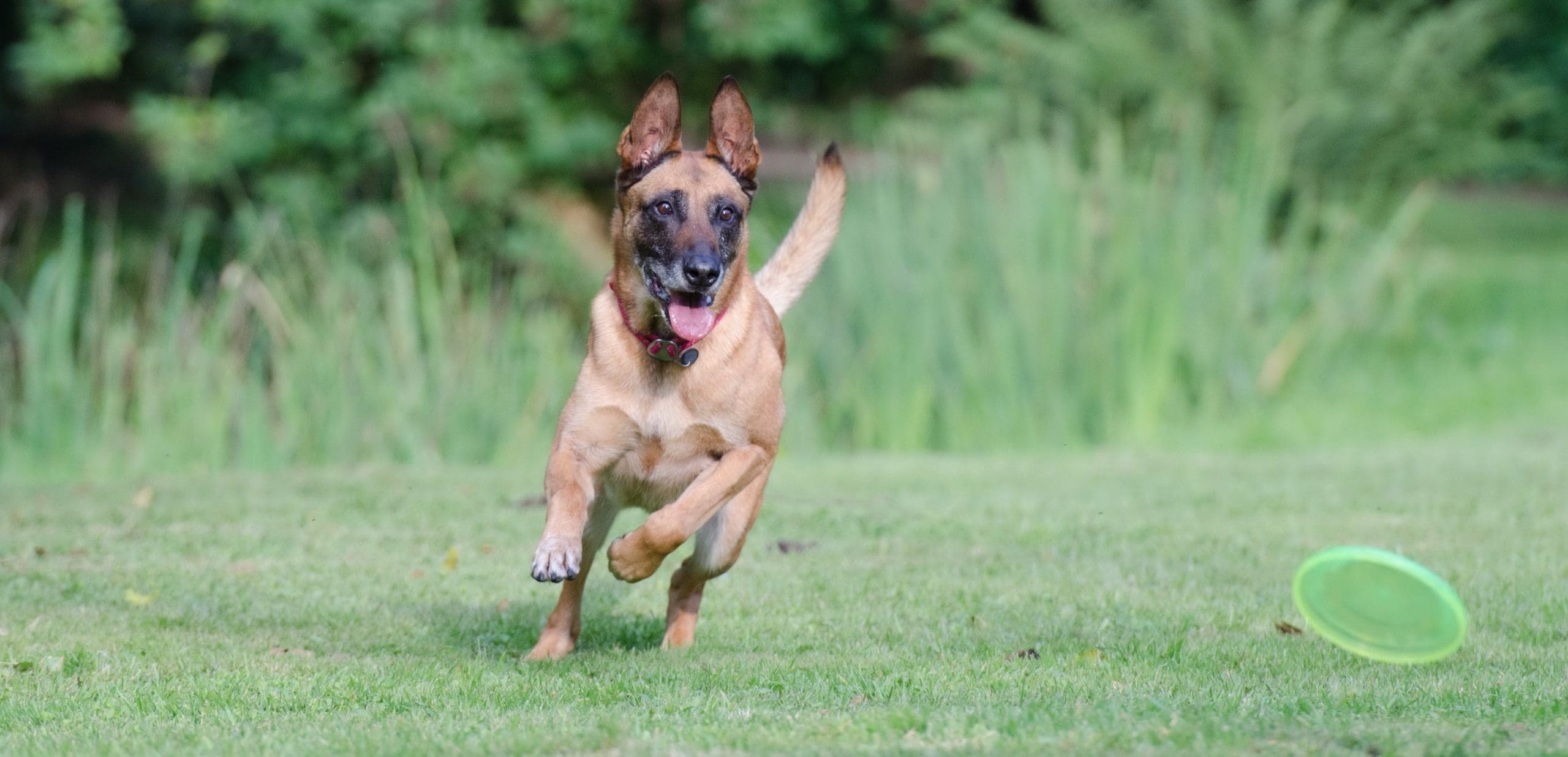
Special Skills
The Belgian Malinois is an exceptional dog, excelling in many different types of training. Very commonly, the Malinois is used for bomb detection, search and rescue, and military tactical training.
They also make exceptional police dogs and can excel in areas of emotional support or health service.
In the Home
The Belgian Malinois forms extremely strong bonds with the people that live in their homes. They can be affectionate and lovable, but they mostly take their role in the home very seriously.
These dogs are known for not being able to have a whole lot of downtime, meaning that it is up to you as the owner to ensure they’re getting the mental and physical stimulation they may require. A properly handled Belgian Malinois makes an incredible canine to have around.
They are protective, discerning, and beautiful to boot. These dogs do best with active owners who can let them spend a lot of their time outdoors. So if you are not the outdoorsy type, the Belgian Malinois might not be the best option for you.
3. German Shepherd
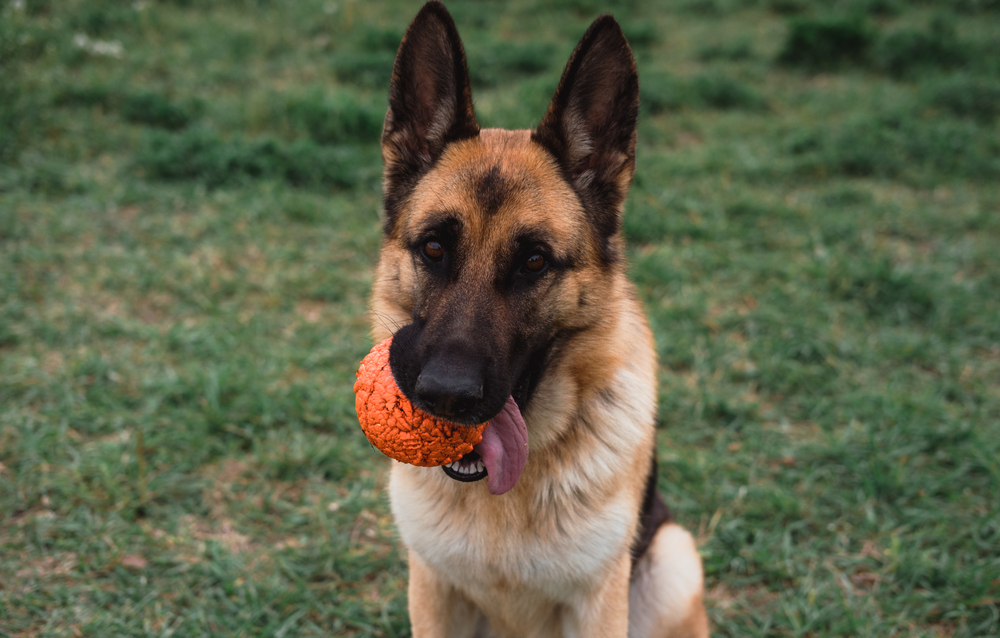
There is a reason the German Shepherd is always one of the most popular dogs around the world. These dogs are exceptional family companions that are particularly useful for guarding and protecting their homestead.
On top of that, these dogs are exceptionally brilliant and capable of picking up a variety of concepts. For this reason, it makes them very useful to have around—certainly a utilitarian breed.
Exercise Needs
Ultimately, it would be best if a German Shepherd had between 60 to 120 minutes of vigorous activity per day. These dogs require both mental and physical stimulation and it is crucial to make sure these needs are being met.
Often, a German Shepherd that isn’t properly exercised can show destructive tendencies and bad behaviors. You don’t have to let your dog fall victim to this pent-up energy. You simply have to make sure that they get their daily fill.
These dogs will love taking walks both in nature or in town. Some of them can be a little territorial with other people and pets, so always make sure to have your German Shepherd leashed and make sure that they are trained efficiently.
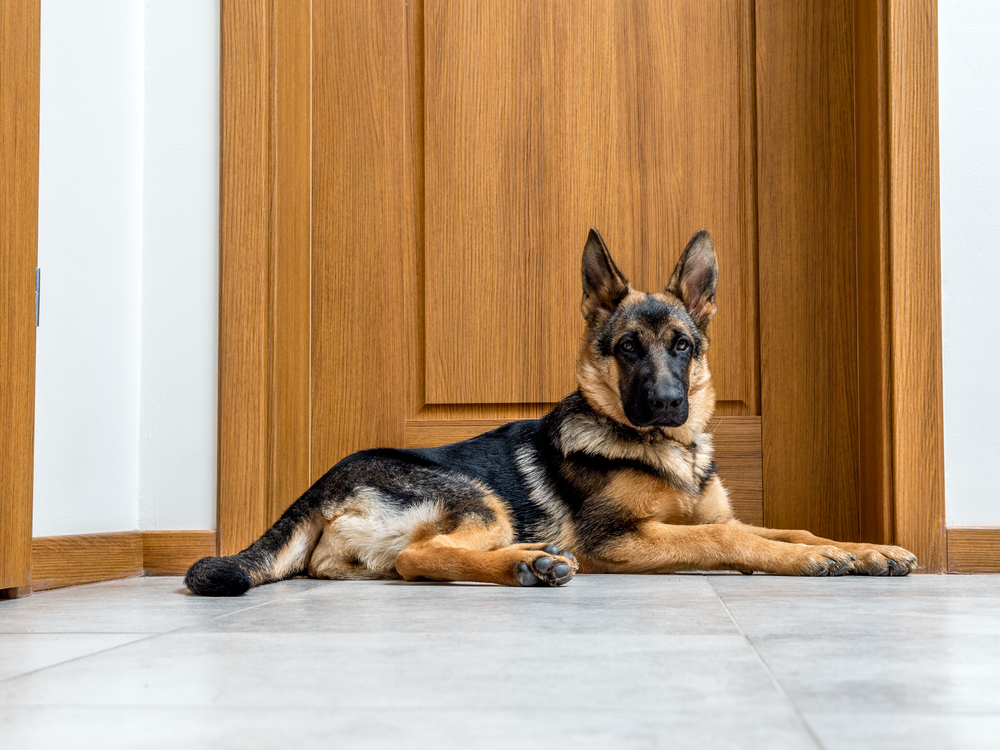
Special Skills
Much like other shepherds, the German Shepherd was originally a farm dog that helped farmers keep control of their flocks. Today, however, the German Shepherd maintains their title as one of the most versatile breeds of all.
You can find German Shepherds working as police dogs or for other types of military tasks. They also make excellent support and service animals. Shepherds often carry on many of the same roles as Malinois and are a little more readily accessible for the job.
In the Home
In the home, these dogs connect very deeply to their human companions. They have a pack mentality, so they find it their duty to protect all members of the home. They are generally pretty sensitive to strangers until they understand intention.
4. Australian Shepherd
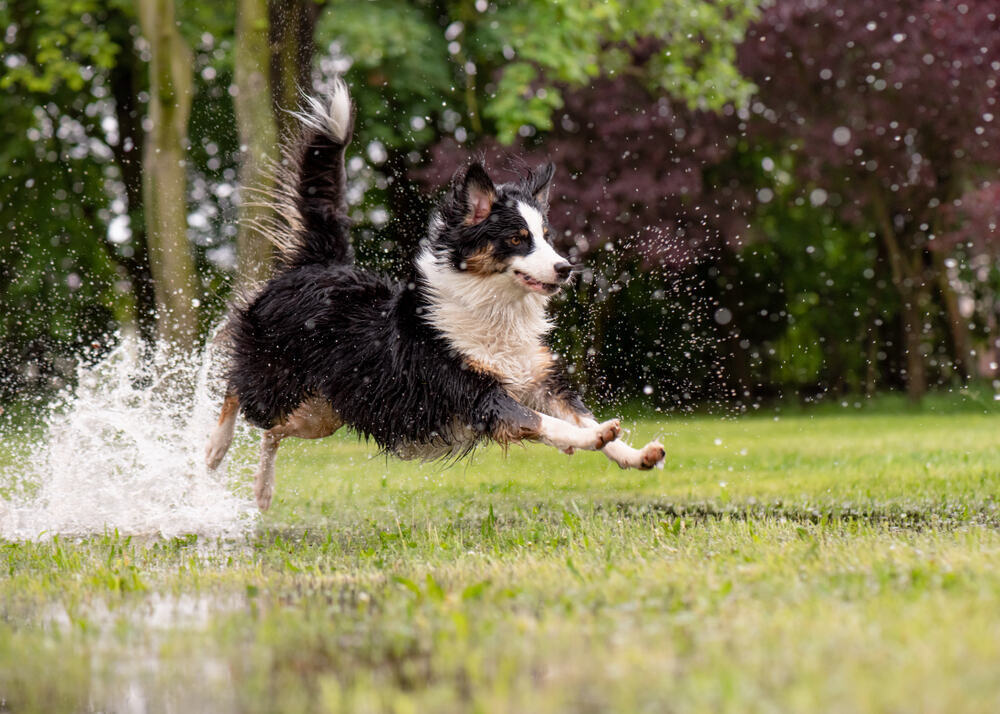
An Australian Shepherd is another decently common dog, especially in the United States and the United Kingdom. While their name might indicate that these dogs are from Australia, they’re actually not!
This breed often has heterochromia, which you might have noticed if they’ve ever caught your attention. This happens when one of the eyes is a different color than the other.
Exercise Needs
Australian Shepherds are highly active and athletic dogs that can get very rambunctious if they don’t have the correct stimulation. On average, these dogs require between 60 to 90 minutes of solid exercise per day.
This is definitely not a dog you can have around if there isn’t a lot going on around the house. They need room to run, play, jump, and fulfill their natural impulses.
Since these dogs tend to be personable and agreeable with other things and people, you can take them to do lots of fun things in public, including going to dog parks, regular parks, and basically anywhere that is canine-friendly.
These dogs thrive on mental stimulation and physical stimulation alike, so be ready to deliver.
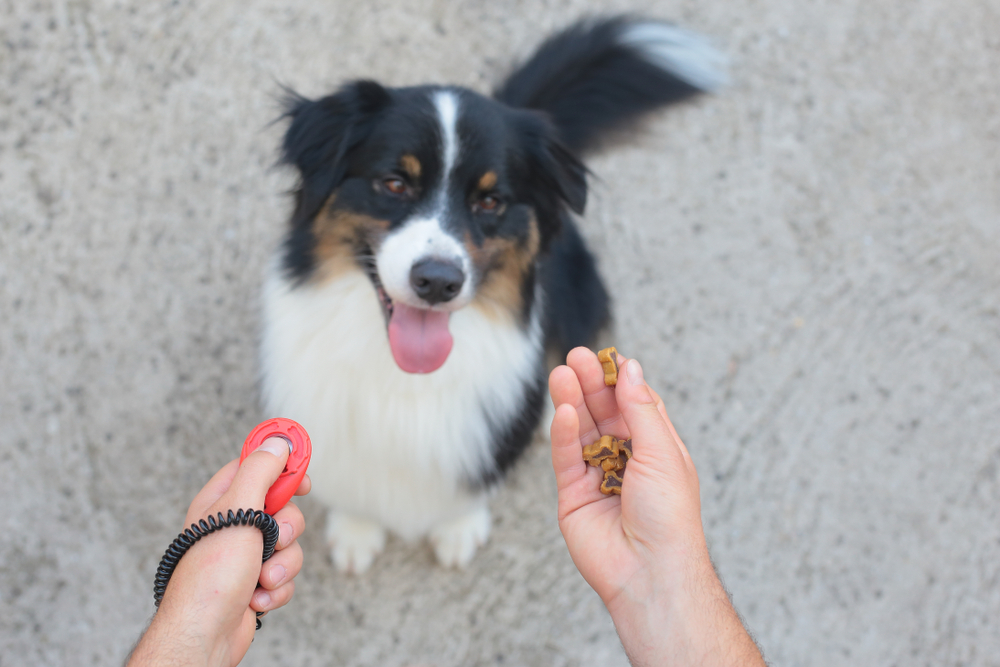
Special Skills
Because of the Australian Shepherd’s eagerness to learn and willingness to please, they make highly trainable companions that are capable of fulfilling a wide variety of jobs.
Most Australian Shepherds fare best when they have something to do, so providing this type of atmosphere is crucial to keeping the Australian Shepherd happy. These dogs take on roles being agility dogs and emotional support animals.
In the Home
Australian Shepherds do very well in family settings. They are generally very agreeable with children and other pets. While they might be a little rambunctious and hyper, they are very loving companions that thrive best with heavy socialization.
Many families are attracted to the Australian Shepherd because they fit in so well with growing families and active lifestyles. These dogs cheerfully accompany family members just about anywhere and love to be a part of daily life.
This is certainly not a kind of dog you can leave alone all day. Restless Australian Shepherds will quickly develop poor tendencies that result in bad habits and challenging behaviors.
5. Vizsla
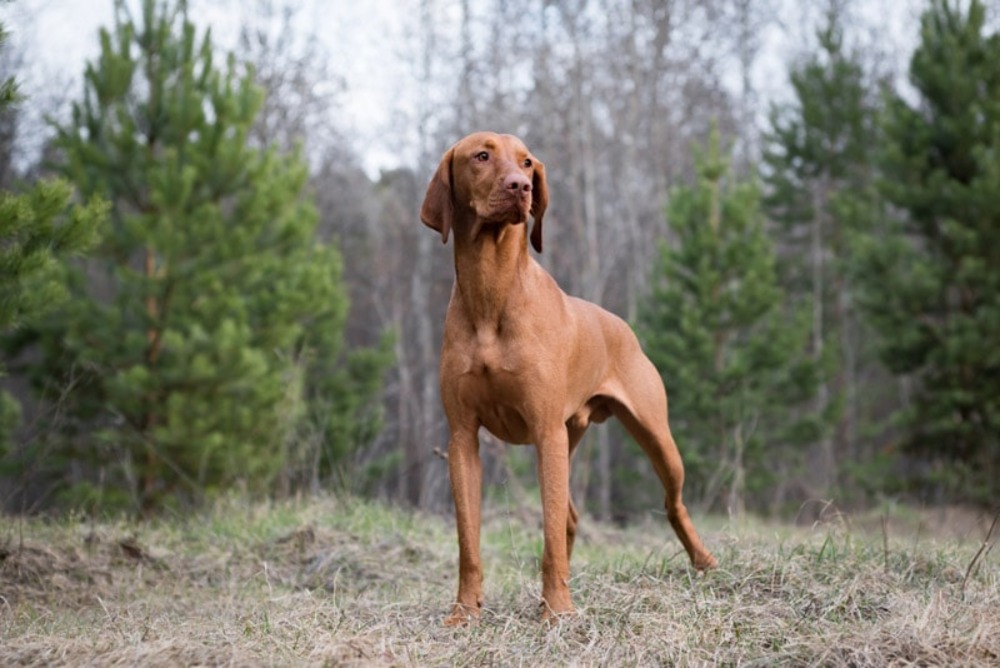
The Vizsla is a highly athletic breed that has very intense exercise needs. This dog is known for its high trainability and work ethic. The Vizsla is also a stunning sight to behold with rusty coats and penetrating eyes.
Don’t let their beauty fool you though. You have to be a very religiously active person to keep up with the needs of this dog.
Exercise Needs
The Vizsla has a laundry list of exercise requirements. Not only do they require vigorous exercise regimens, but they also need continuous mental stimulation. If you don’t keep a Vizsla occupied, it is incredibly easy for them to become bored and destructive.
On average, the Vizsla requires approximately 2 hours of exercise a day to ensure their needs are met. This can be quite a lot for some people to manage, and they work best with homes in the country.
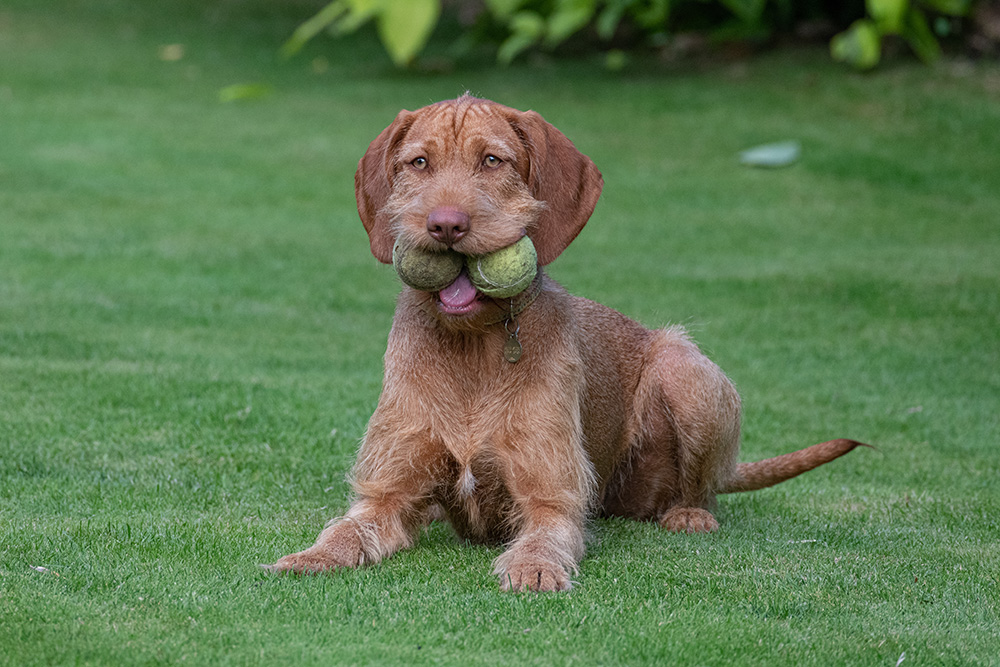
Special Skills
Vizslas are very well known for their insane stamina. These dogs have fabulous control of their mind and body, making them incredible candidates from multiple areas of training. The more you teach your Vizsla, the better their life will be. This stimulation helps keep them busy and satisfies their instinctual hunger.
In the Home
Vizslas tend to have a very good nature and they approach life with a glass-half-full mentality. They make friends very easily and can make exceptional companions for children and other animals.
Because of their prey drive potential, they don’t make the best pets for people with lots of small animals. The Vizsla works best in homes with large fenced-in backyards that are completely secure so your Vizsla cannot jump or dig their way out of.
These dogs are very determined and that can make them excellent escape artists, so having reinforcement is essential. These dogs also do best in homes where someone is home most of the time.
If you and the person you live with are on alternating schedules, this can work out quite well. But if people are gone 12 hours or more out of the day, it might not be a suitable combination.
6. Poodle
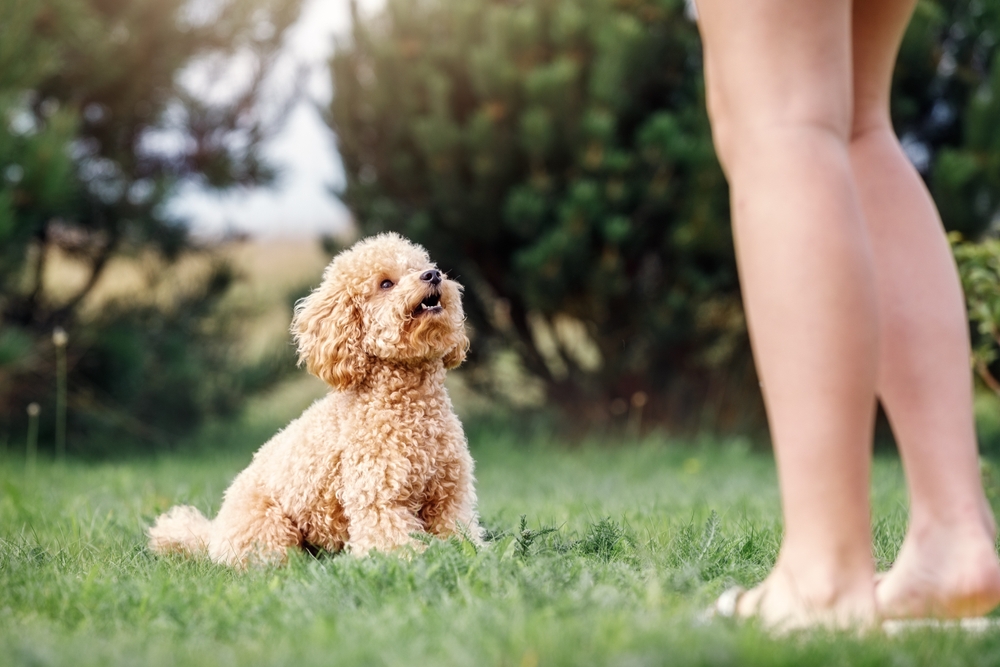
Poodles are widely revered for being one of the smartest dog breeds. They have unmatched intelligence, poise, and refinement, plus they are hypoallergenic and rarely shed at all! All of these attributes make them highly attractive to potential owners, especially if you like an athletic breed.
Exercise Needs
Poodles come in three different size variations. Smaller Toy Poodles might tucker out easier meaning that they have slightly different exercise requirements. Generally, the Poodle needs between 1 to 2 hours of vigorous exercise per day.
Since these dogs are social, you can take them out and about on just about any adventure. They will love seeing the different sights and enjoy making new friends. These dogs make excellent candidates for dog parks and other fantastic adventures.
Special Skills
When you think of a Poodle, you might automatically associate them with the show dog ring. While it is true that these dogs are widely revered for their beautiful puffy coats and elegant demeanor, they also excel in other forms of training, such as obedience, agility, and tracking.
The Poodle’s hypoallergenic, non-shedding coat also makes it a hot commodity among hybrid breeds. Many experimental breeders use the Poodle’s genetics to create a series of Doodle hybrids that encompass some of the favorable traits of the Poodle parent.
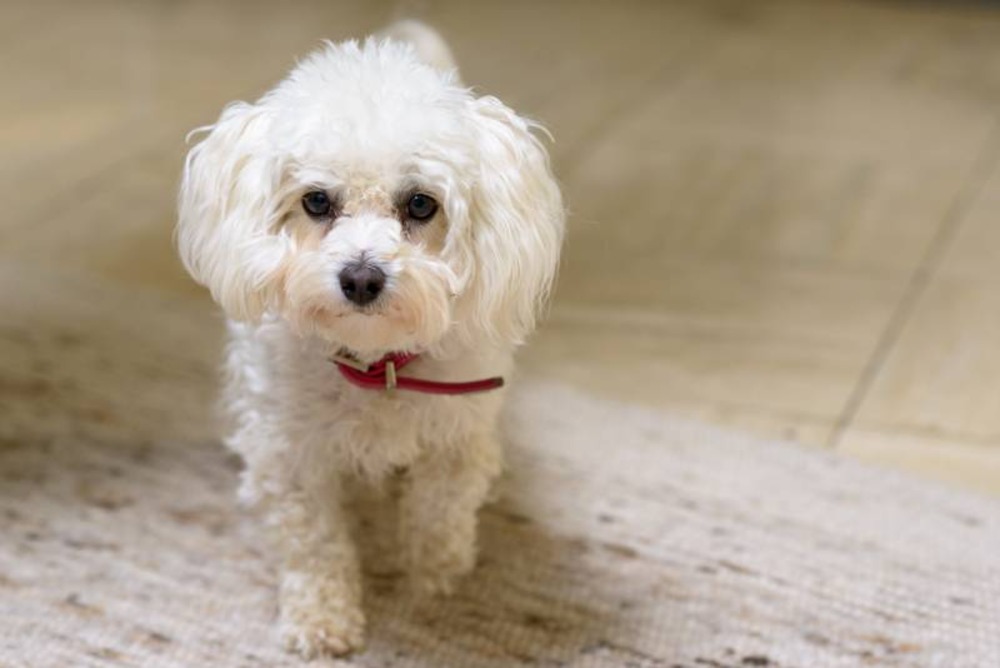
In the Home
Poodles make amazing companions for a variety of reasons. The only real downside is that they can have some nervous tendencies and be a little bit difficult to manage. Poodles might also be slightly neurotic in certain cases.
Most generally, these dogs make amazing pets that are incredibly loyal and devoted to their family units. Because they come in so many sizes, you can also tailor the experience you want to have by the size you choose.
7. Labrador Retriever
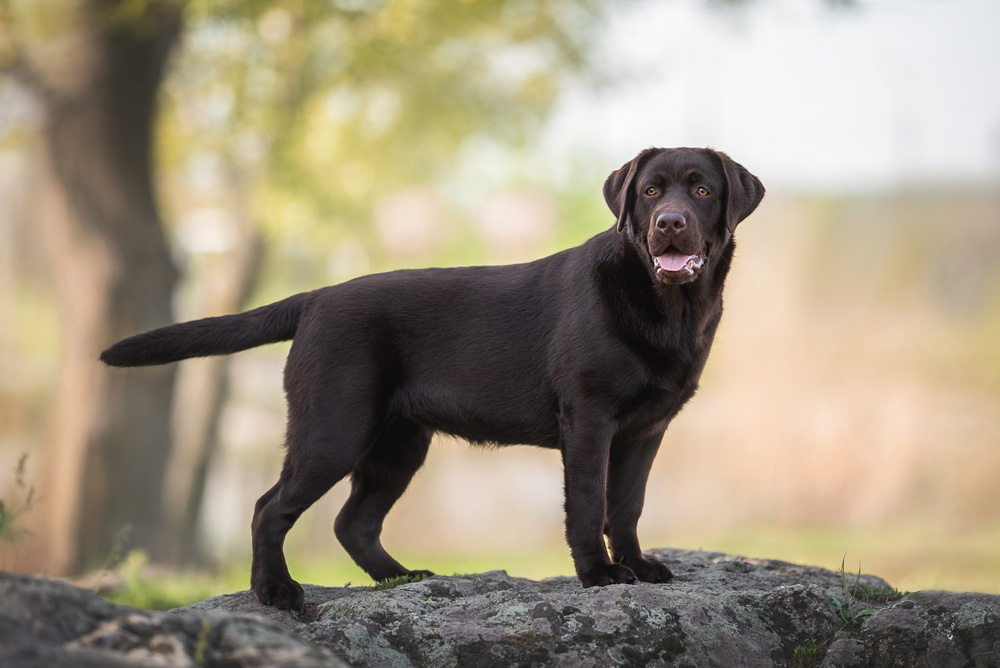
Much like the Border Collie, German Shepherd, and Poodle, the Labrador Retriever is constantly getting recognition for being one of the most sought-after canines of all time. It’s really no wonder with the overall nature of the Labrador.
These dogs love being on the go and they make some of the most loyal and faithful family companions you can ask for. Labs are classically used for hunting purposes and retrieving game for hunters. However, they make exceptional home companions and that is the primary role they have in the world now.
Exercise Needs
Labs are pretty easy to maintain for most lifestyles, but they still require a fair amount of exercise. A Lab is much more apt to explore when they have their family nearby, so they will thrive on going for walks, traveling for an adventure, or being down for whatever their human families are into.
On average, limbs need approximately 80 minutes of vigorous exercise per day. These are certainly outdoor dogs that enjoy lots of activities like hiking, swimming, boating, and hunting.
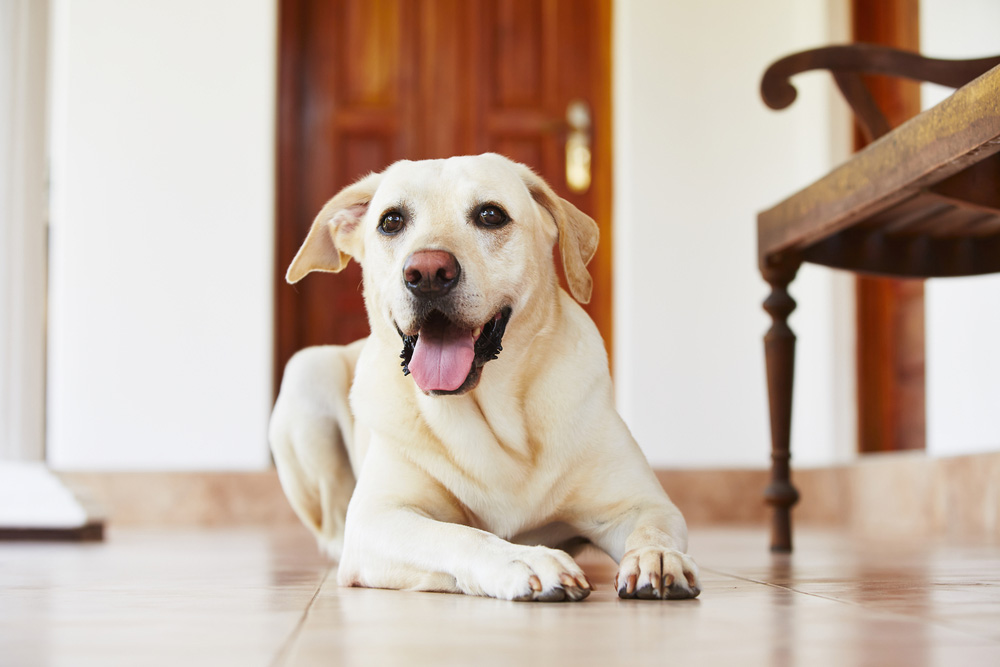
Special Skills
Is there anything that a Lab isn’t good at? These dogs are intuitive, personable, highly intelligent, and agile. They excel in activities like agility, obedience, tracking, dock diving, search and rescue, bomb detection, service, or emotional support dogs. They are the canine jack-of-all-trades.
In the Home
The Lab is an all-around family dog in every facet of the word. They are good with adults and everything in between. They get along very well with other friends and absolutely thrive with other canine companions.
Because of their original purpose, some Labs might exhibit heavy prey drive tendencies, making it complicated if you own small animals including cats, poultry, and cage animals.
8. Rhodesian Ridgeback
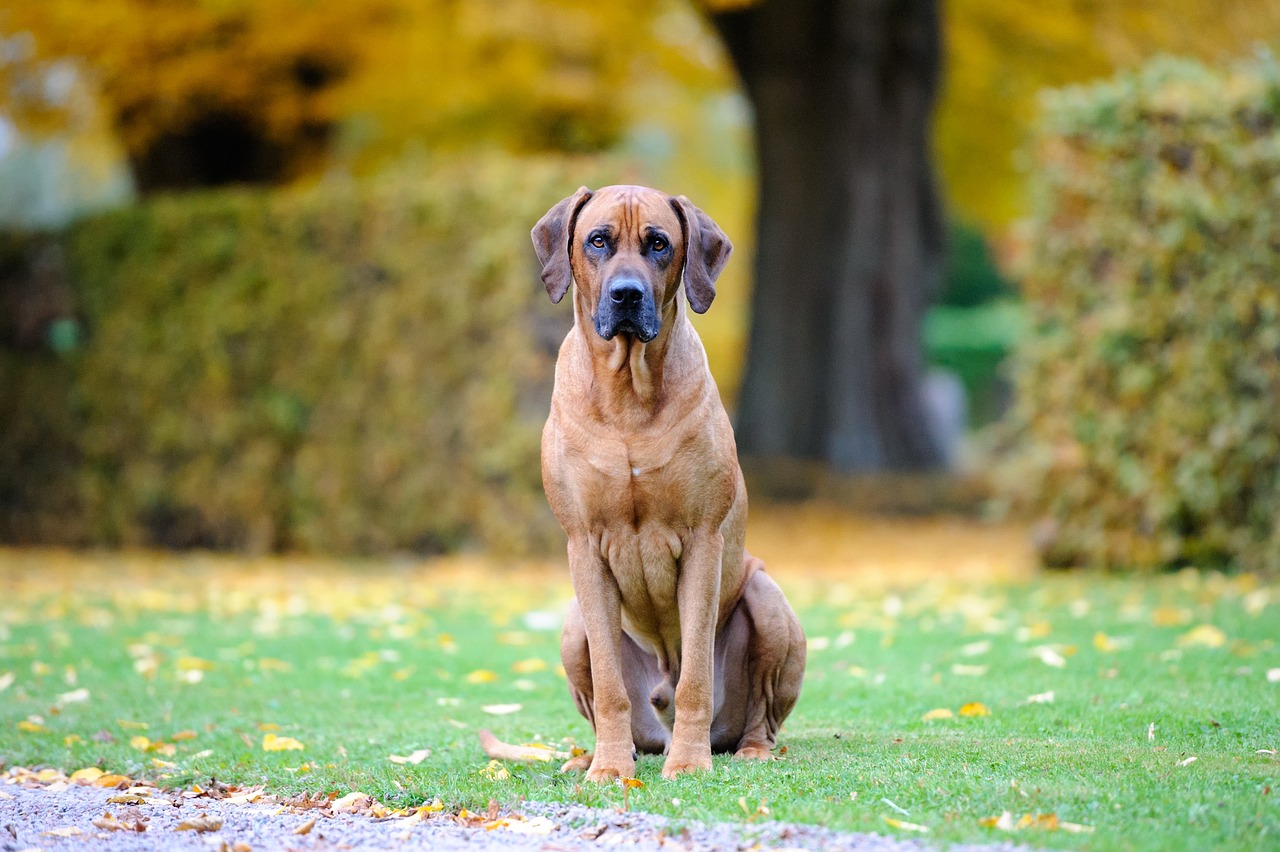
The Rhodesian Ridgeback is a beautiful, structurally sound dog breed that is both affectionate and active. These dogs are considered all-purpose, being talented in many categories.
This breed is classically identified and named after the ridge of hair along its spine that grows the opposite way of their other hair.
Exercise Needs
The Rhodesian Ridgeback requires a substantial amount of exercise per day and is best suited to rural living, not apartment or city dwelling. These dogs love to be in the woods, hiking on trails and tracking, pushing their skill set. They do not care if it’s rain or snow; they’re ready to explore the great outdoors.
They take direction very well, so you can easily train them to perform a variety of tasks.
This breed tends to stay a puppy for quite some time. So, if you were ever to opt for a Rhodesian Ridgeback, you have to be prepared to deal with a long haul of puppyhood before they reach a plateau of adult calmness.
This might mean chewing on things, destroying things, being a little flighty, or even running off longer than a standard dog.
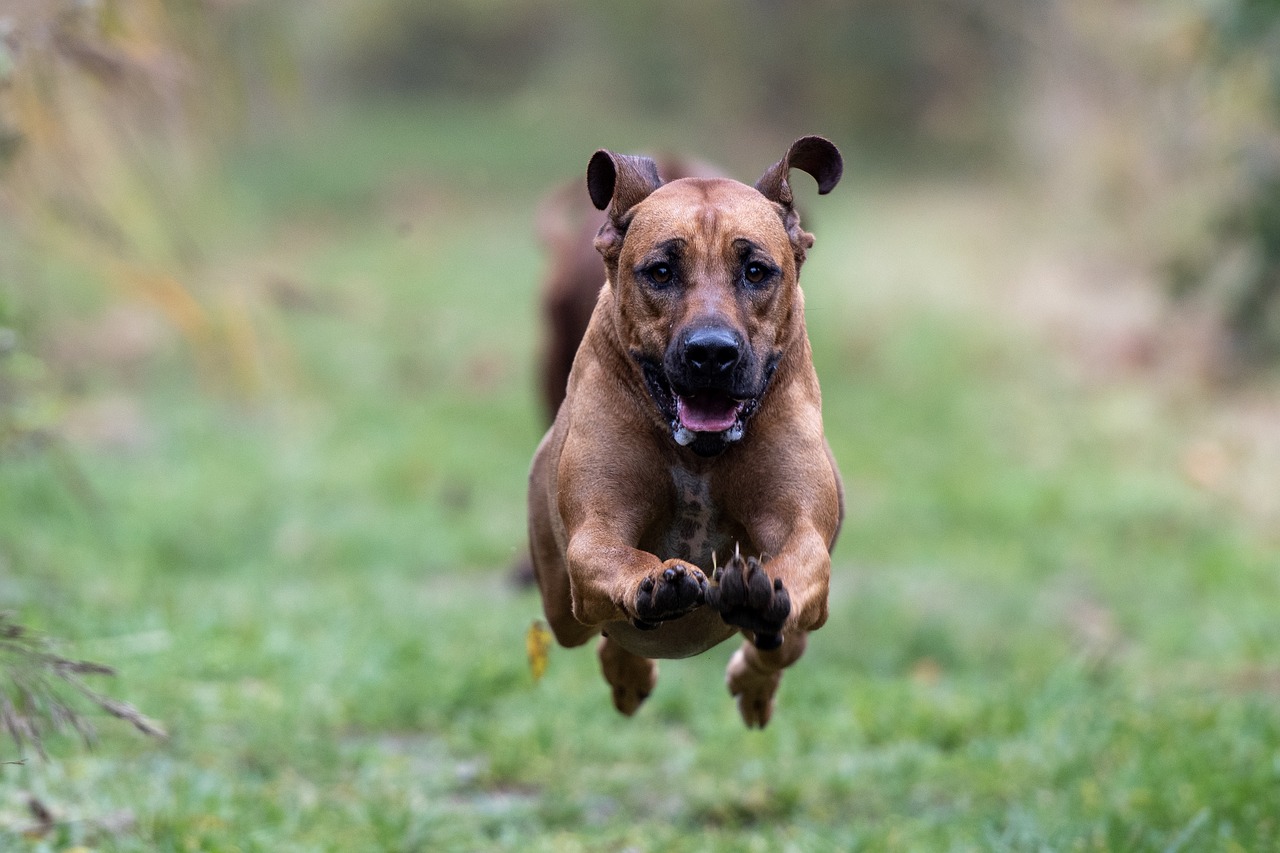
Special Skills
We’d say that the Rhodesian Ridgeback has a special talent. They can hunt lions! That’s right. They have a history of helping humans hunt lions and the Savannah. Some also refer to them as the African Lion Hound. Even outside of that, the Rhodesian Ridgeback remains a superb hunter.
In the Home
The Rhodesian Ridgeback can make a very good dog for experienced owners. Because of their stubbornness and high exercise needs, they don’t always do very well in homes where people can’t focus on intense training.
9. Greyhound
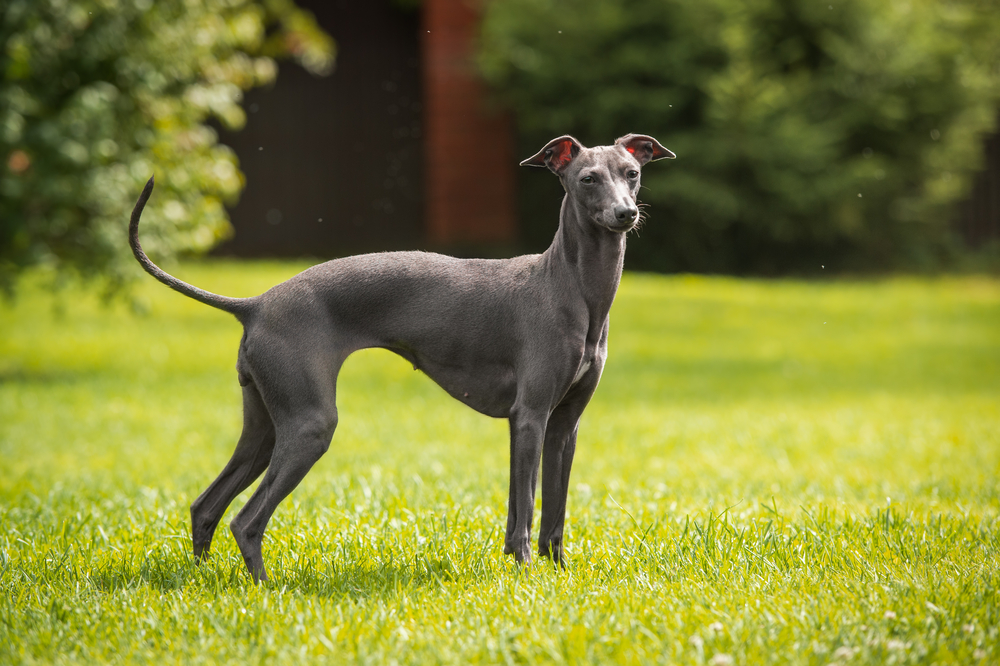
Greyhounds surprise many people. These dogs are unarguably energetic animals that are capable of intense speeds that can impress anyone. However, they tend to be pretty chill in the home. This can make them extremely attractive for families since they acclimate so well into a variety of lifestyles.
Exercise Needs
Surprisingly, Greyhounds only require roughly 30 minutes of exercise per day. Since they are built for speed, they exercise in short, intense bursts, expelling a lot of energy very quickly.
These dogs love sprinting and will fare best when you take them to places where they can really go the distance. These dogs make excellent sprinting companions.
They’re not really built for distance as much as they are built for speed. Still, the athleticism is highly impressive.
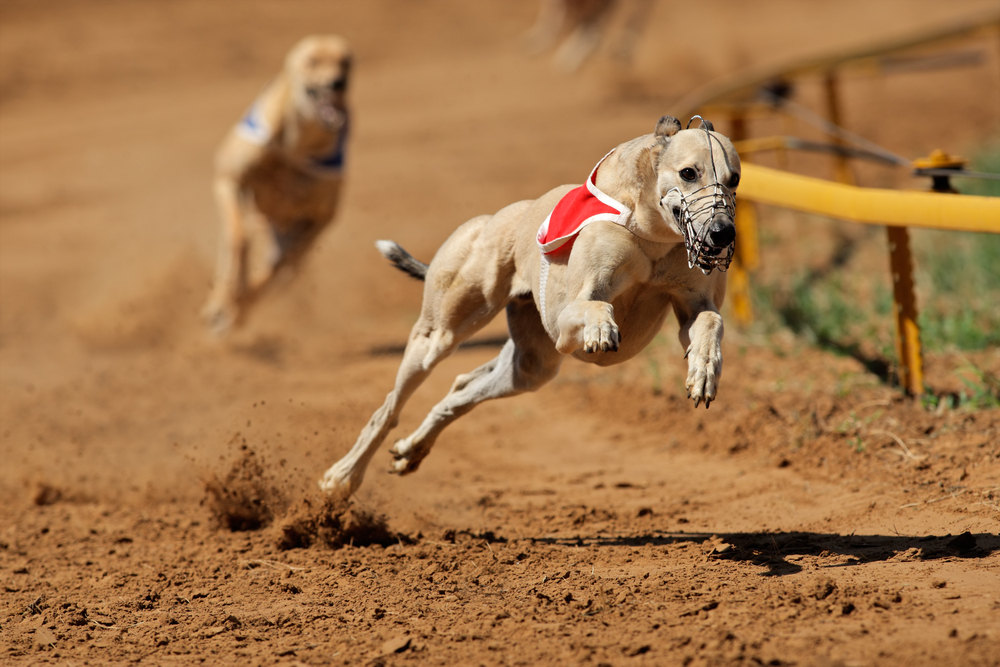
Special Skills
Greyhounds are best known for their sprinting skills. These dogs are highly impressive, capable of running at speeds of up to 45 miles per hour. They are commonly used as racing dogs and are one of the fastest dog breeds.
In the Home
In the home, Greyhounds are relaxed, lackadaisical dogs that prefer a very chill approach to life. These dogs enjoy snuggling up on the couch or curling up in a cozy corner as opposed to bouncing around the house.
10. Weimaraner
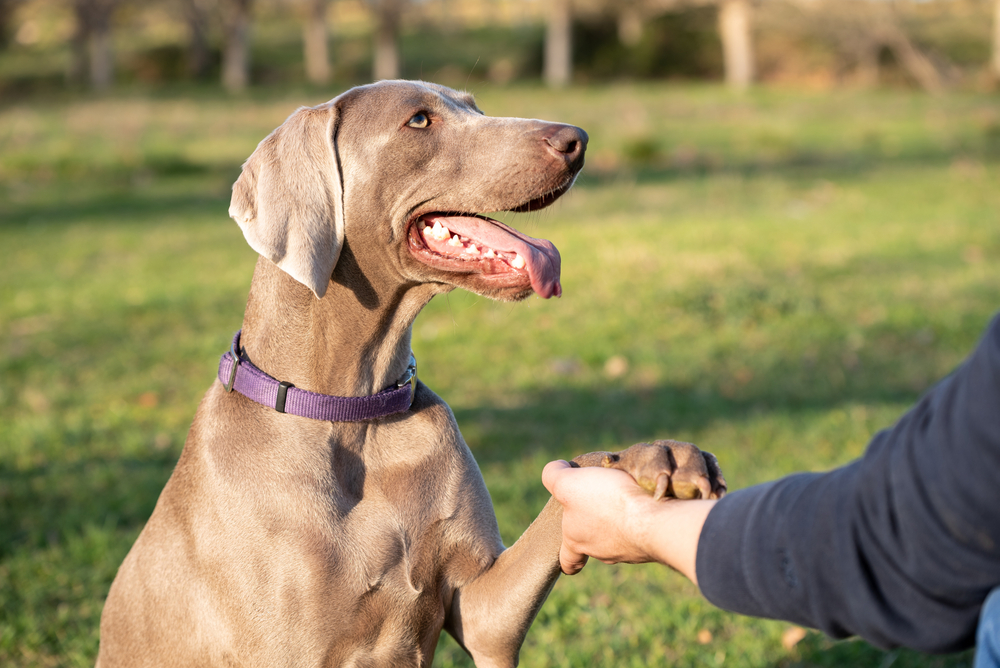
The Weimaraner is an intense breed that is highly athletic and skilled at a variety of things. These quick, stubborn dogs can be very difficult for novice owners to manage.
Because they are beautiful, many people take them on without realizing what a responsibility it is. That is why it is so important to ensure that a dog’s personality and energy levels are compatible.
Exercise Needs
The Weimaraner can be a challenging breed for many pet parents to keep. These intense dogs thrive when they have a task to do and might be extremely disobedient and hard to handle if they aren’t getting their needs met.
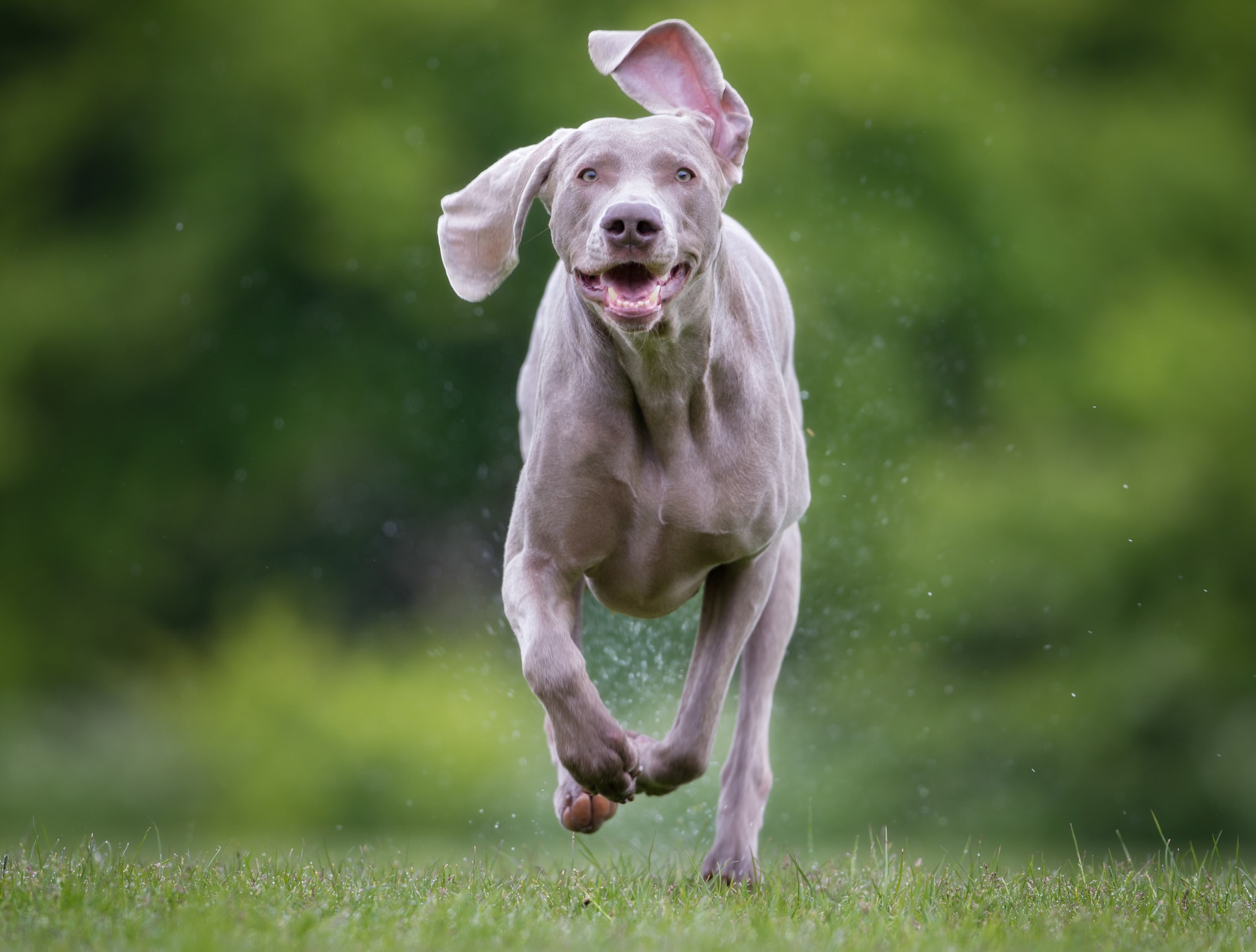
Special Skills
The Weimaraner has many special skills, including hunting, show, field trailing, tracking, and agility.
In the Home
Weimaraners tend to be pretty antsy if they aren’t being stimulated correctly. These dogs can be challenging for novice owners and must be trained to avoid unwanted behaviors and chaos. These dogs dislike downtime a lot, so you best be prepared to fill their time with stimulating activities and games.
These dogs typically don’t do great with strangers or small children.
11. Alaskan Malamute
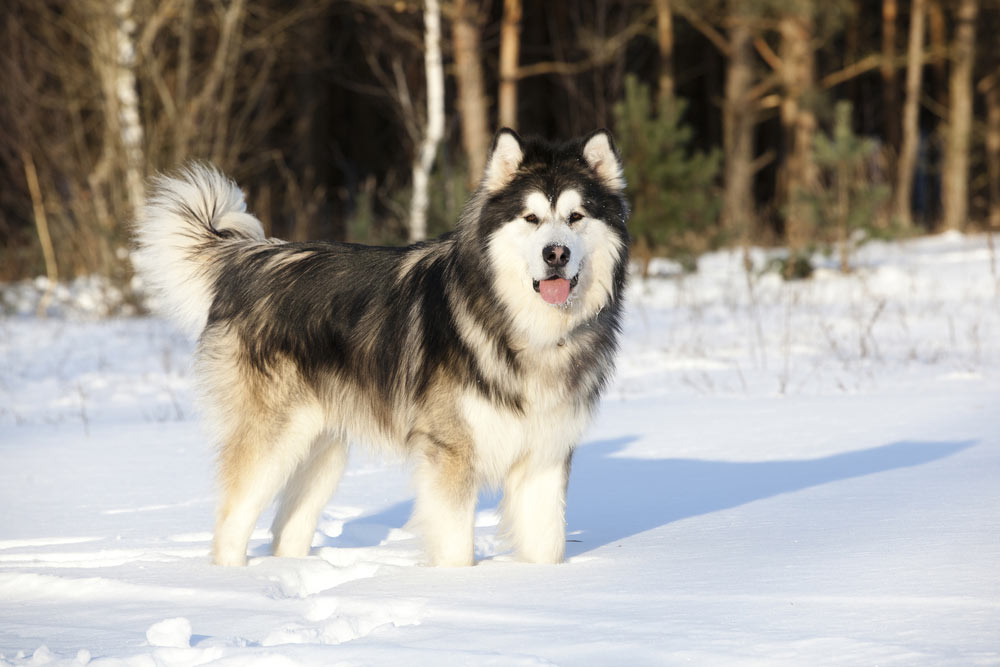
The Alaskan Malamute is a real brood! One of the most spectacular canines to come out of America, these sled dogs certainly are built for physical exertion.
Exercise Needs
Because this breed is such a workhorse, they require a minimum of 2 hours of intense daily exercise. It is important to keep their bodies and minds active so that they enjoy a wide variety of activities.
Since the Alaskan Malamute has such a heavy coat, be very mindful of overexerting them in hot temperatures. This can quickly lead to heat stroke, which can be devastating.
For fun, the Alaskan Malamute can enjoy a wide variety of activities, but they really love obstacle courses. Since these dogs are naturally agile, you can make a course at home or take them to your local dog park to burn off some steam.
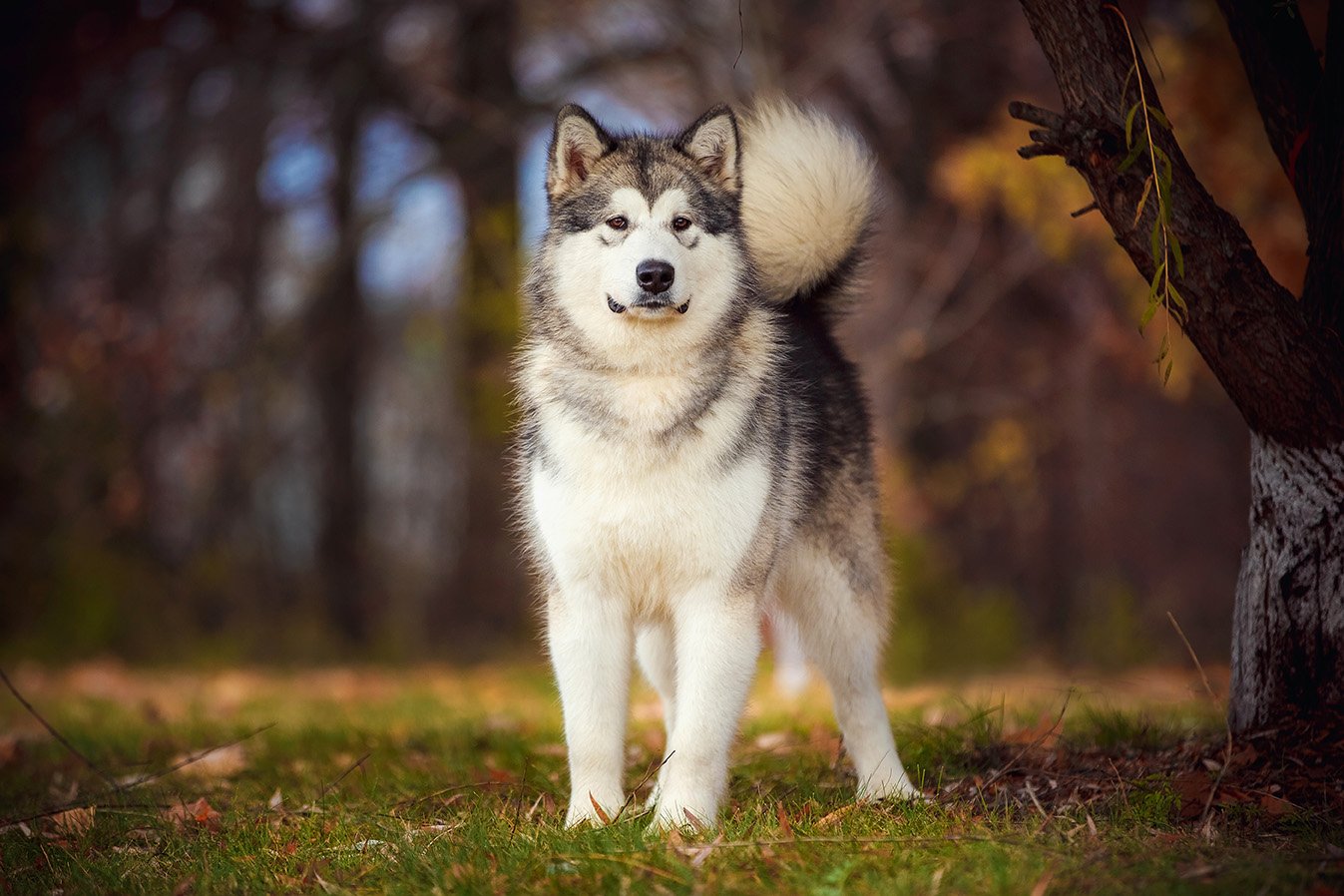
Special Skills
The Alaskan Malamute is certainly a utilitarian dog. They thrive with work to do and are also pretty skilled hunters. You might not know that they excel at hunting large predators, such as bears. These dogs were highly useful to keep these sorts of predators at bay and protect humans.
In addition, these dogs enjoy the more well-known and obvious winter activities like sledding, weight-pulling, and other sports.
In the Home
The Alaskan Malamute can make a very lovable companion for a family to have. They tend to do very well with children and are generally very patient.
They can be aloof with strangers, and some might even show aggressive tendencies depending on their genetics and how they are raised. But for the most part, a well-socialized Alaskan Malamute is a fun best friend to have.
12. Whippet
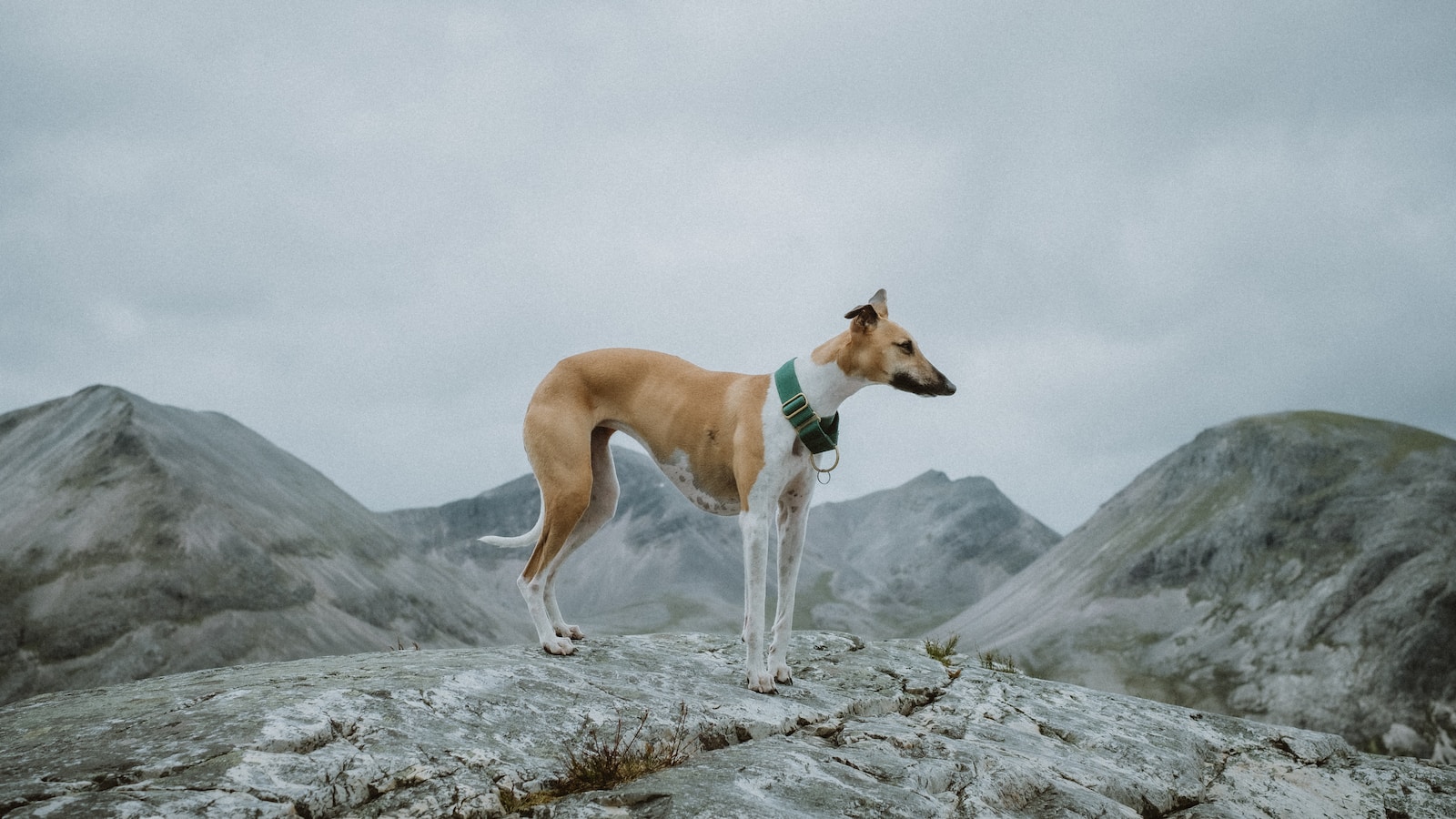
Don’t let the Whippet’s thin little body fool you; these dogs are speedy! These active pooches love to be on the move and do best in fast spurts. Even though they require outlets for their instincts, they can make very snuggly in-home companions.
Exercise Needs
The Whippet needs a place to run, plain and simple. Much like their larger Greyhound cousins, this little dog loves to be on the move when they’re in the mood and snoozing when they aren’t.
Your Whippet will let you know when they need to burn off some steam. You will notice that they get a little more agitated or fidgety than usual and this is a sign that you might need to change up the pace a little bit.
Otherwise they do well on 30 minutes of exercise per day, permitting they are getting to run.
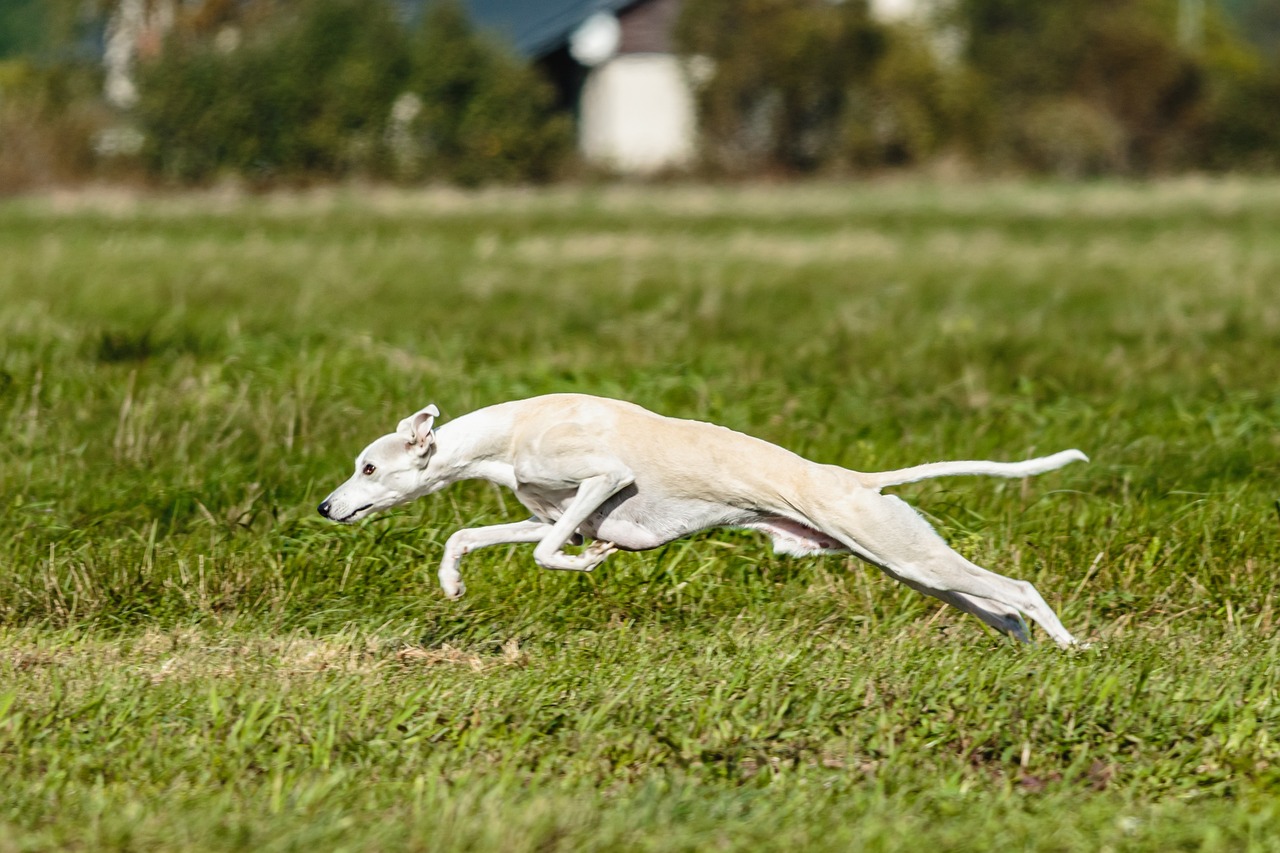
Special Skills
It will come as no surprise that the Whippet’s most valuable trait is their incredible speed. These dogs are agile, sharp, and able to navigate like no other. They have speed, vision, and swiftness to impress any onlooker.
In the Home
As long as they are getting enough exercise outside of the home, in the home they are chill as can be. These dogs will love relaxing with you on the couch or snuggling up with you in bed. They also love to be the center of attention, being a little dependent on their owners.
13. Chesapeake Bay Retriever
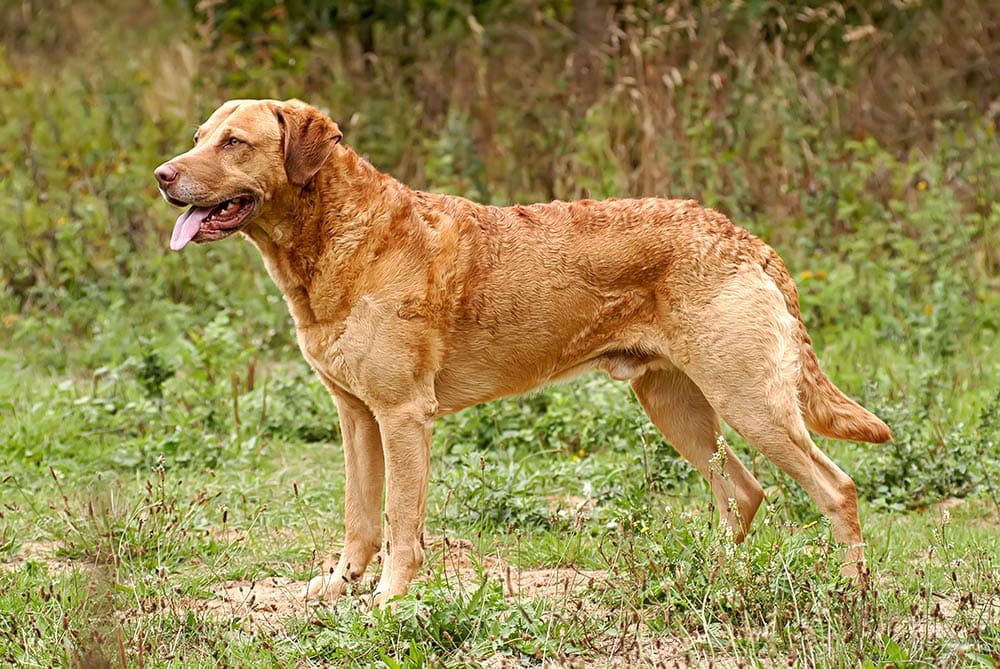
The Chesapeake Bay Retriever is known as the most rugged retriever of all. These dogs were built for utility and can thrive in the outdoors.
In fact, it might even be hard to get one of these dogs to live indoors with you. They naturally have an instinct to be outside, especially by water, so you might find that they aren’t the in-home companion you might hope for.
Exercise Needs
The Chesapeake Bay Retriever won’t give you a choice. This dog wants to be on the go, go, go, and they aren’t slowing down for anybody. They don’t really need your approval. If you were to let them explore a property, they would do so without hesitation.
They’re the kind of dog that loves to explore things they haven’t seen and enjoy all of the things that nature has to offer. These dogs require a minimum of 90 minutes of exercise a day but prefer about 2 hours.
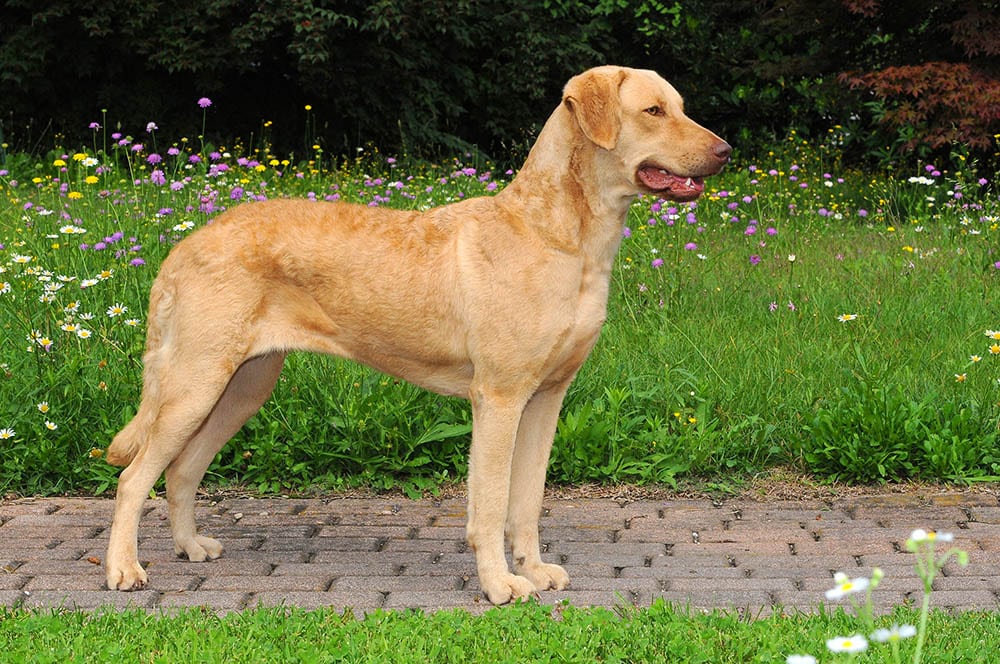
Special Skills
The Chesapeake Bay Retriever is a highly athletic dog that is exceptional at hunting. They love anything outdoors and can be trained in a variety of tasks.
In the Home
Despite their high activity levels, the Chesapeake Bay Retriever is very friendly with people. They enjoy big and small, young and old. They form very close bonds with other pets in the home as well.
14. Brittany Spaniel
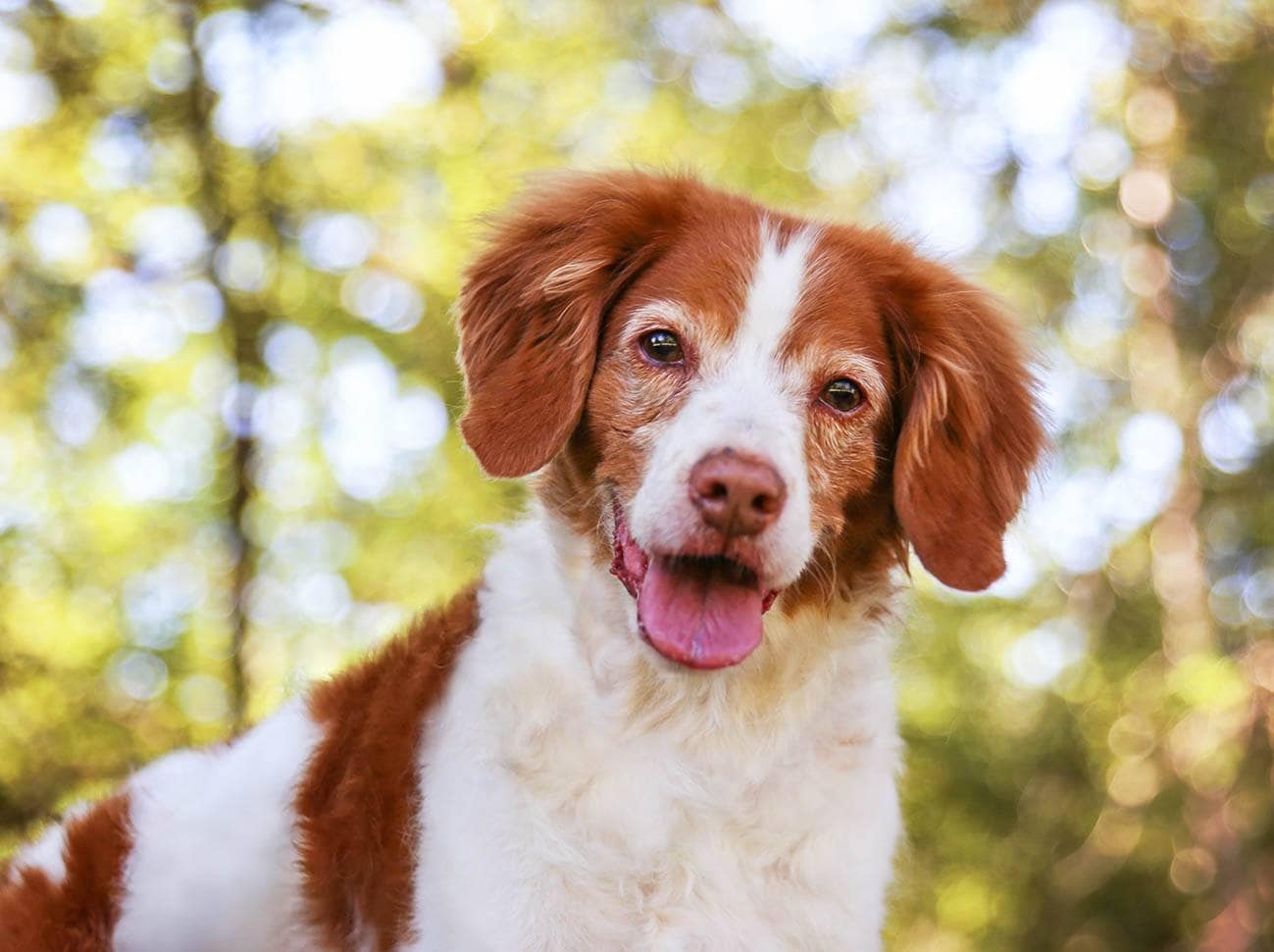
The Brittany Spaniel is an extremely excitable pointing breed still used today for their exquisite talents in the field. The Brittany excels at all things outdoors and definitely loves to be on the go. Having a Brittany in your life means that you need to put on your hiking boots, because these dogs love the great outdoors, rain or shine, rough or soft terrain.
Exercise Needs
The Brittany is a dog that loves to be on the go. This is certainly not a breed that fares well being locked in a kennel all day while their owners are at work. You’ll need to have the land, space, and time to spend with the Brittany before committing.
These fiercely intelligent dogs require as firm of a hand as they can get, but they are incredibly intelligent canines that are highly efficient at specific types of training. This dog can go for hours on end if they are stimulated enough.
On average, a Brittany requires an hour and a half to 2 hours of exercise per day to fulfill their needs.
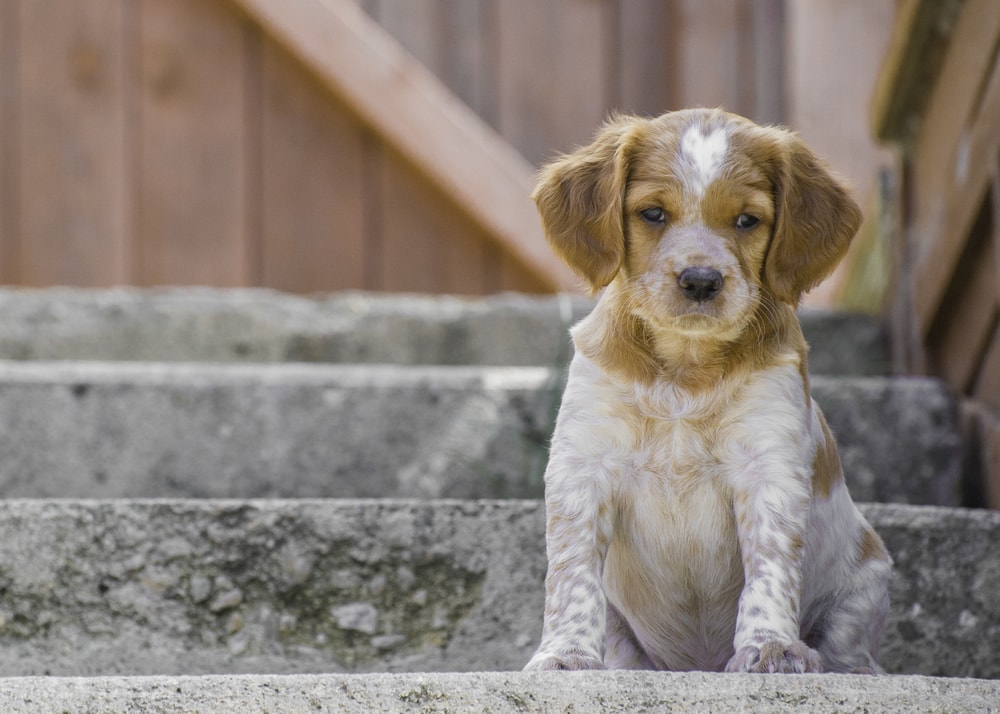
Special Skills
This able-bodied dog has many special skills. Some of a Brittany’s special skills include obedience, agility, flyball, and dock diving. This breed is very intense, capable of withstanding a lot of activity.
These dogs are certainly known for their stamina. The Brittany is definitely not for the faint of heart. They love to learn and thrive on training. Even if you don’t specialize your Brittany in a specific task, they need to learn commands and basic manners.
In the Home
Brittanys can make very good pets to the right homes. It is important to understand the special needs of a Brittany to see if you’re equipped to provide the care they require. Brittanys are a very high-strung breed and they require being on the go at all times. Slowing down for long periods makes them very antsy.
If you like to be active sometimes, but aren’t frequently moving on a daily basis, these dogs will get bored more easily and can develop poor manners as a consequence. It is important to take the Brittany out in nature so they can explore their natural pointing capabilities.
If you take your Brittany out, you will notice that they stop and point towards the direction of the smell or noise they detect.
15. Irish Terrier
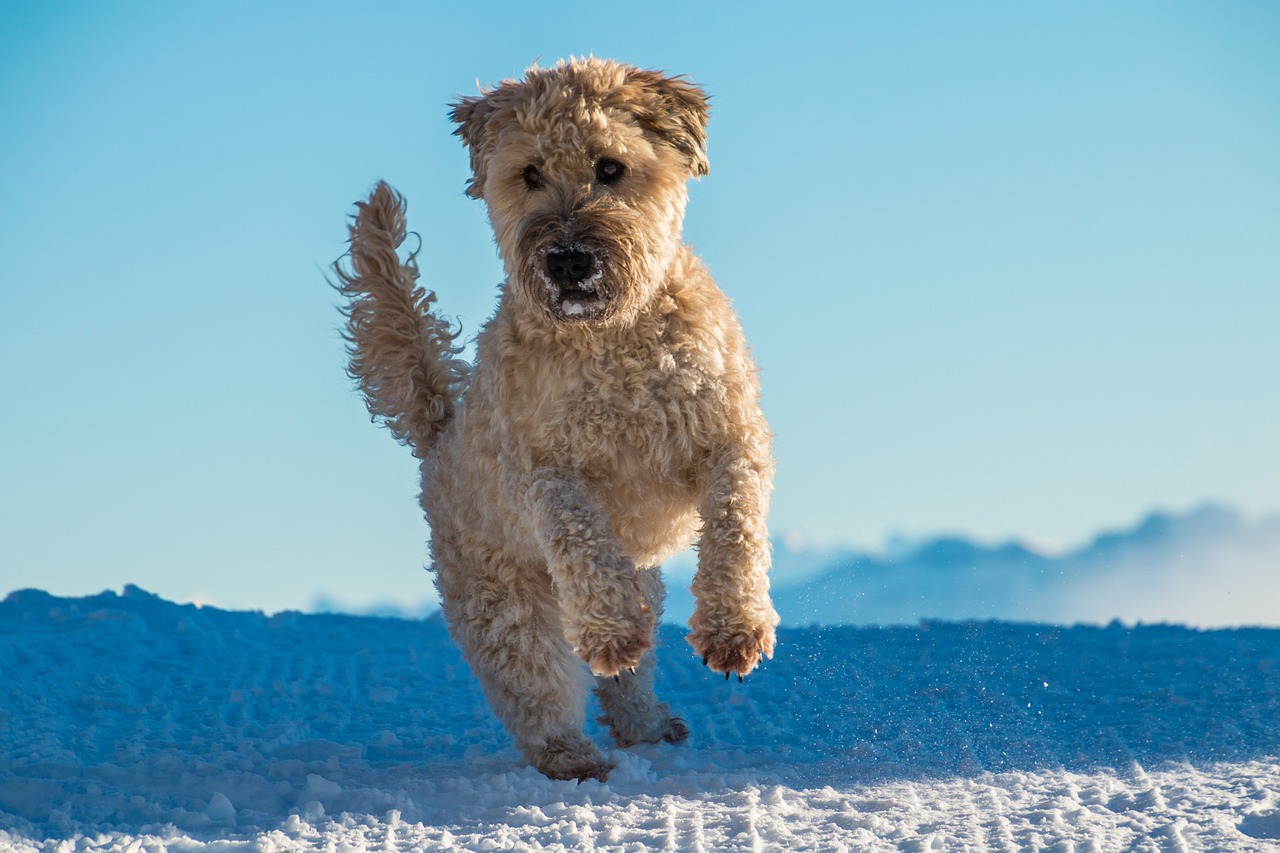
The Irish Terrier has been called the daredevil of the Emerald Isle. These dashing little dogs are richly colored and highly spirited. While they’re not very common, they certainly have a lot to offer and are highly active.
Exercise Needs
You’ll be able to feel the energy of the Irish Terrier when you’re around them. They are on high alert, and ready for a party or intruder at the drop of a dime. They really don’t care which it is, they’re just ready for some action.
These dogs require a minimum of 1 to 2 hours of vigorous exercise per day. With these dogs, mental stimulation is almost more important than physical. These dogs love figuring things out and will greatly excel in scavenger hunts and tracking games.
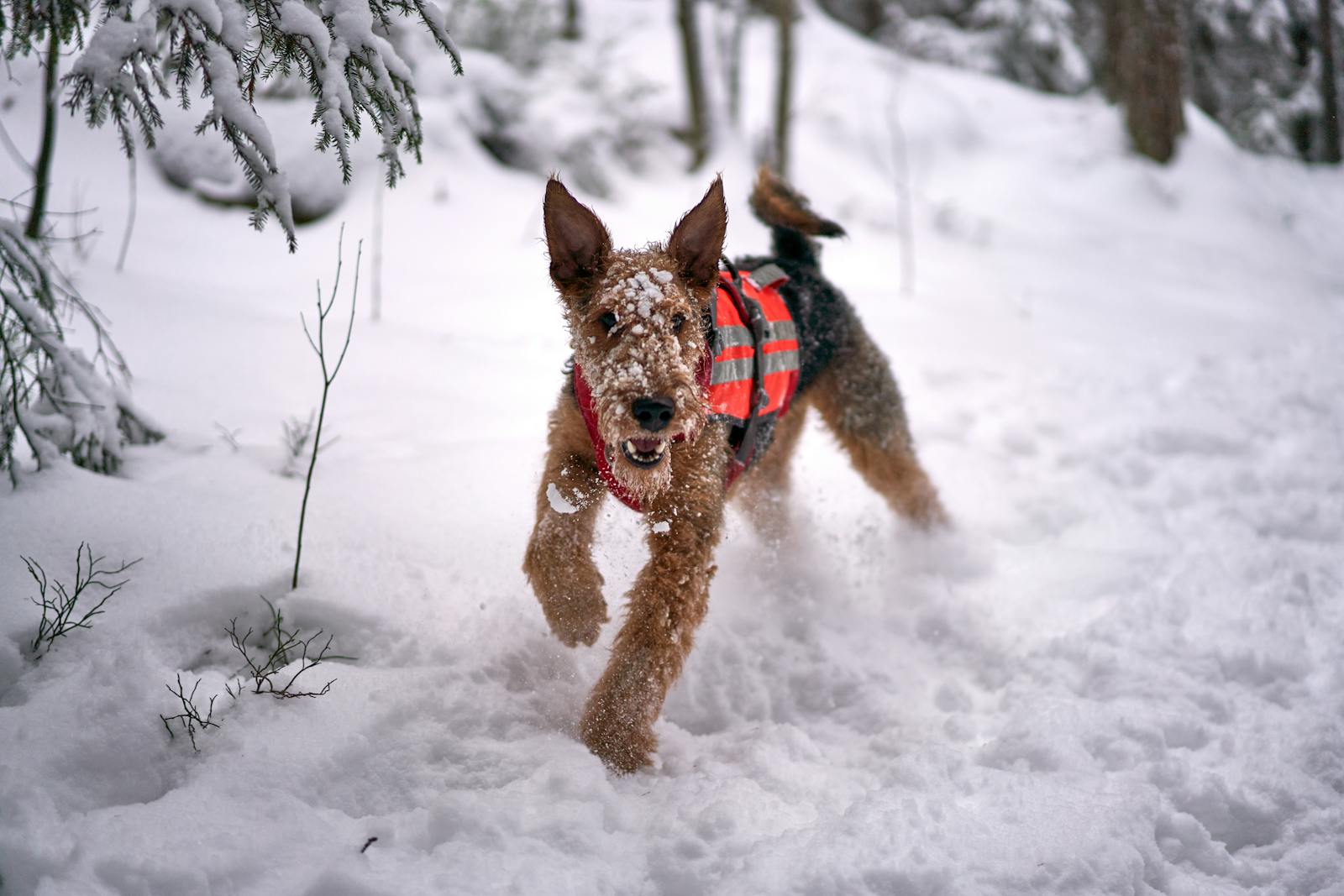
Special Skills
If you’re wondering about the skills of an Irish Terrier, we might have better luck asking what they’re not good at. These dogs are possibly the most versatile on our list, excelling at activities like obedience, dock diving, tricks, nosework, flyball, barn hunt, coursing, and tracking.
In the Home
Like many terriers, the Irish Terrier can be a bit sassy and bossy, but they mean well. These dogs tend to be very good-natured and love to have a good time. They connect very well with their families and will always be the upbeat spirit of the household.

Conclusion
Now you know the full scoop on some of the most athletic dog breeds. All of these dogs are unique, interesting, and definitely physically capable. These dogs have different and similar strengths that make them beneficial to humans.
Which of these muscly, active breeds do you love most?
Featured Image Credit: janwiersma, Pixabay


